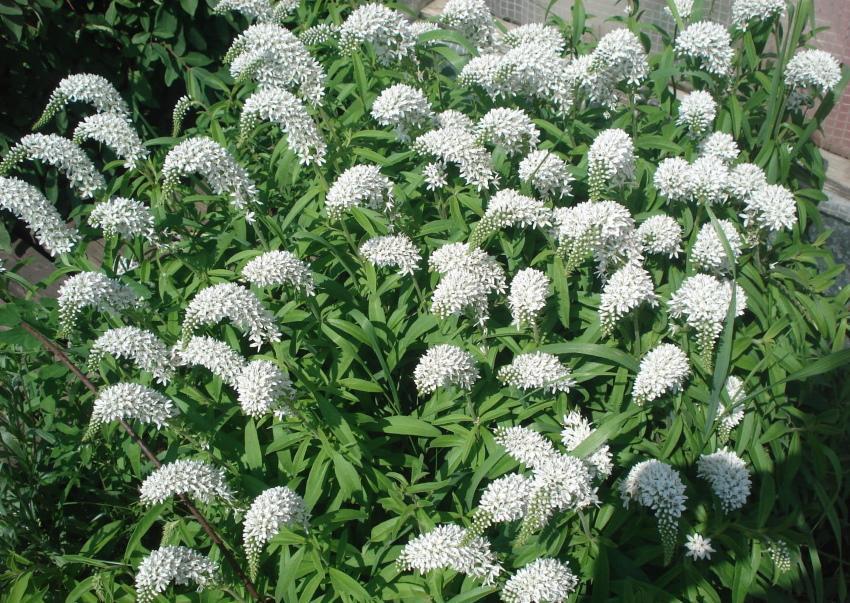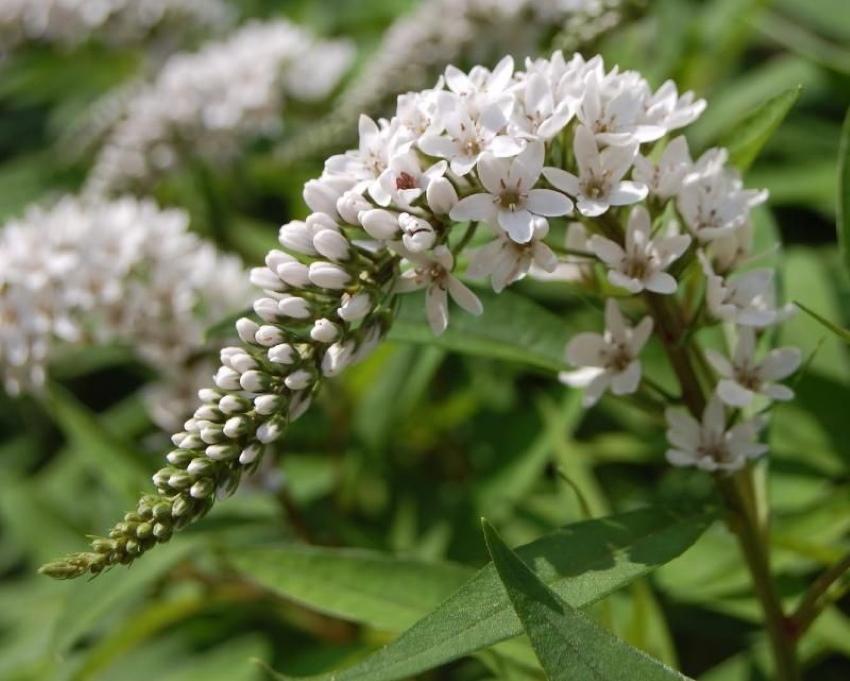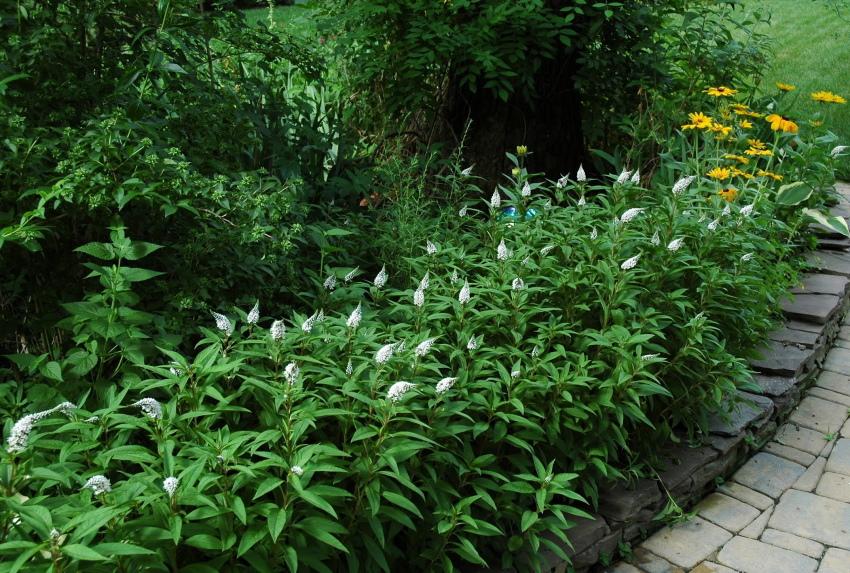How to grow and propagate lily of the valley loosestrife - a delicate but persistent perennial for the garden
 Compared to other varieties of loosestrife, lily of the valley is rarely found in nature. It grows mainly in the Primorsky Territory, or rather, in its southern part. But it is popular as a garden culture, because there is nothing complicated in how to grow and propagate lily of the valley loosestrife. Its unpretentious character and gentle flowering make it a welcome guest in every garden.
Compared to other varieties of loosestrife, lily of the valley is rarely found in nature. It grows mainly in the Primorsky Territory, or rather, in its southern part. But it is popular as a garden culture, because there is nothing complicated in how to grow and propagate lily of the valley loosestrife. Its unpretentious character and gentle flowering make it a welcome guest in every garden.
The loosestrife is called Lily of the Valley because its structure of the root system is almost the same as that of the lily of the valley. It's just that the roots of the plant are thicker. In the scientific literature, the culture is known as the cage-shaped loosestrife.
Characteristic features of the plant

To date, several hybrids have been bred, differing in the height of the bush, the color of the foliage and the timing of flowering. Most often, you can find a loosestrife on flower beds:
- Lady Jane (compact bush with an average height of about 75 cm, blooms in the second half of July for 3 weeks in a row);
- Geisha (variegated variety with original leaves bordered with cream edging).
Lush inflorescences can be used for cutting to make bouquet arrangements.
How to grow and propagate lily of the valley loosestrife
 Perhaps the only plant preference is moist soil, but without moisture stagnation. The loosestrife feels most comfortable near water bodies in an area with diffused lighting. Bushes will grow and bloom even in partial shade, and up to 10 years.
Perhaps the only plant preference is moist soil, but without moisture stagnation. The loosestrife feels most comfortable near water bodies in an area with diffused lighting. Bushes will grow and bloom even in partial shade, and up to 10 years.
This flower can be called a leader in unpretentiousness, because it:
- does not need regular watering (subject to a wet growing area);
- develops and blooms without dressing;
- almost does not get sick;
- not affected by pests;
- has a high winter hardiness and does not require shelter for the winter.
A feature of the perennial is that its aboveground part dies off annually, and is restored again in the spring. In late autumn, it is recommended to cut the stems and mulch the bush. humus.
The cage-like loosestrife propagates by seeds and vegetatively. The first method is more laborious and time-consuming, and young plants will bloom only for 3 years. It will be more practical to divide the rhizome or cut the loosestrife in spring or autumn. In this case, the bushes will bloom next season.